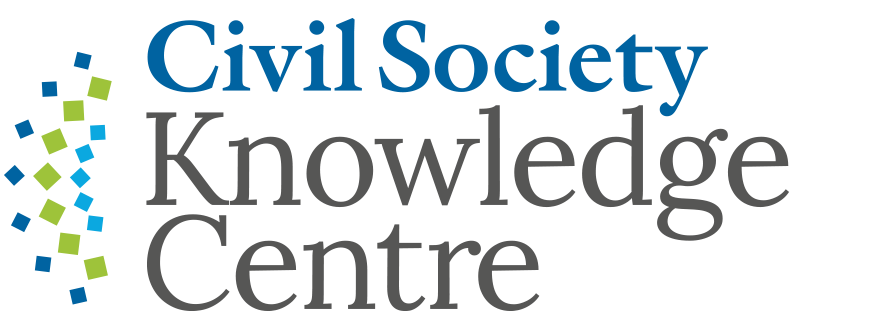Inter-Christian War
The conflict between the LF and the Lebanese Army under Aoun’s command, grounded in economic, political and ideological factors that had been simmering since 1989. It was put on hold during the War of Liberation, and then turned into an open confrontation when Aoun announced a mandatory “uniting of weapons” on January 30, 1990. A month before, Samir Geagea voiced his consent to the Ta’if Agreement. So in January the Lebanese Army sought to evacuate a school in Furn al-Chebbak East Beirut, where the LF had taken up a position. This marked the outbreak of one of the fiercest intersectarian conflicts since 1975; around 1,000 people were killed, 3,000 wounded, and 200,000 temporarily displaced. A truce was reached in May 1990. In February 1989, and again in August 1989, short-lived clashes had taken place between the two groups, before the full resurgence 11 months later.
It was estimated that the civilian toll of the War of Liberation and the LF-Army war amounted to 4,300 civilians killed and 7,000 wounded; furthermore, some 5,000 homes were destroyed, and 2,200 others were damaged. Ten hospitals were destroyed, as well as 120 schools and charity organizations, and 620 factories.

